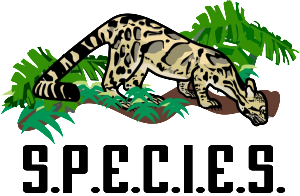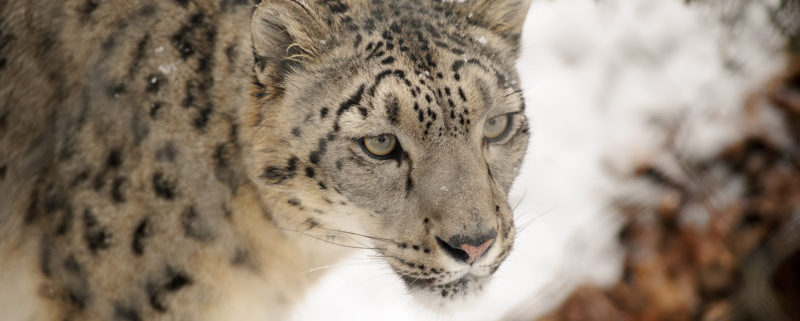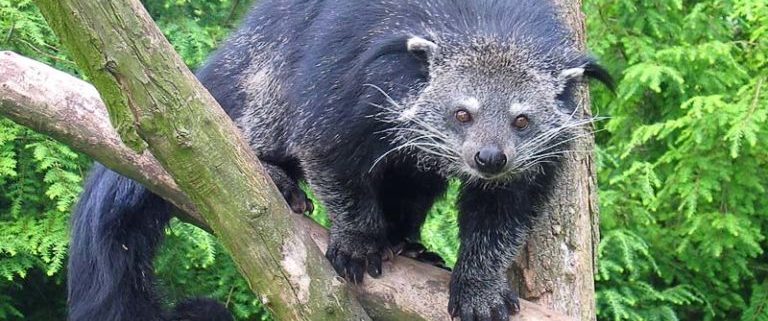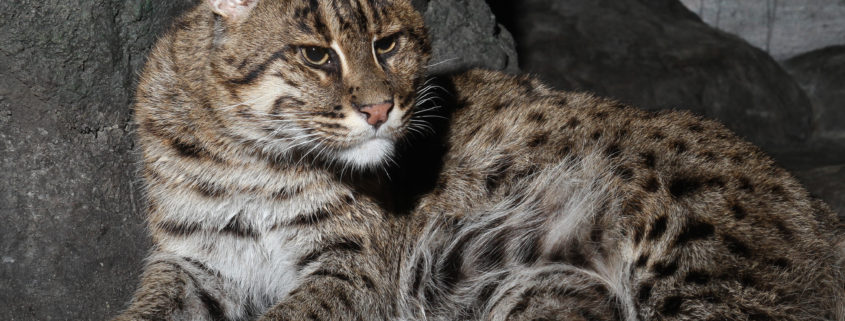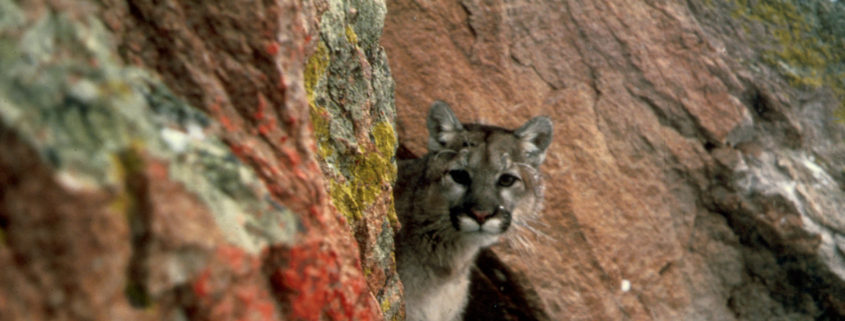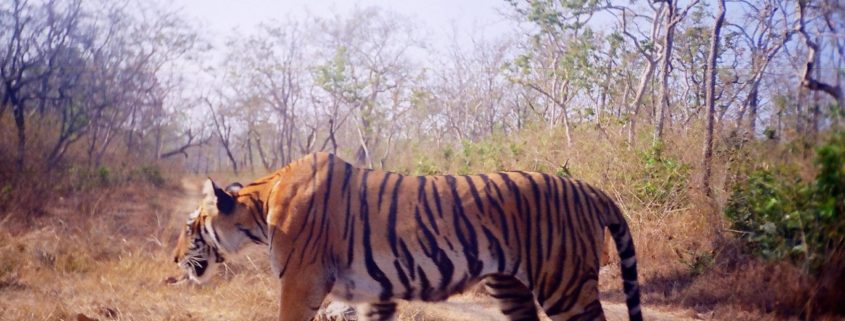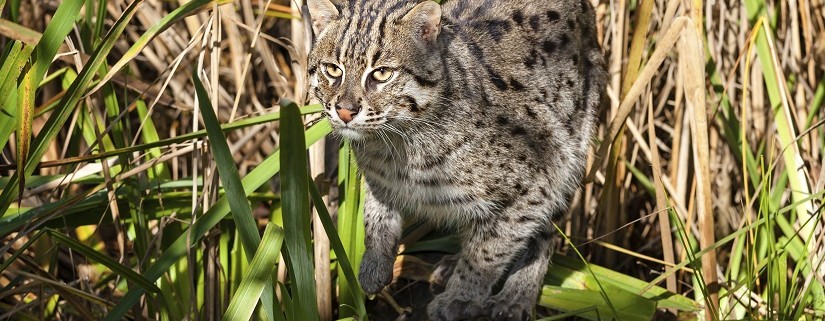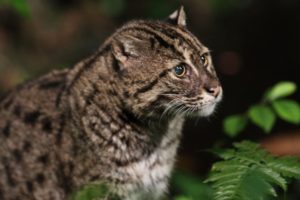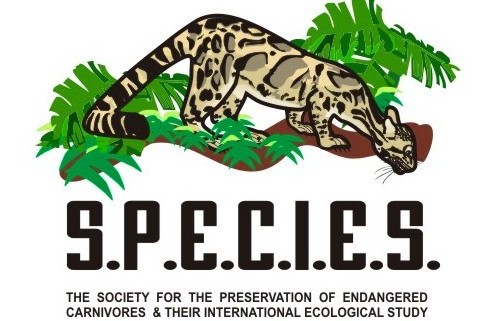Student Conference on Conservation Science – New York
/in Activities & Events /by species1The Center for Biodiversity and Conservation is organizing its seventh annual Student Conference on Conservation Science in New York on 20-22 of October. Graduate students, post-docs and early-career professionals are invited to take part in the only international series of conservation conferences featuring students. The event provides an opportunity to network, gain experience, present and get feedback on their work.
Prizes are awarded for best talk, speed talk and poster.
S.P.E.C.I.E.S. founder and director, Anthony Giordano, will be attending the event as an advisor and mentor to international students.
For more information on how to attend please see the American Museum of Natural History website.
The binturong
/in In The Spotlight, Meet The Carnivores /by species1The binturong (Artictis binturong) is summed up by its nickname; the bearcat. With long cat-like whiskers, a long bushy tail, a thick coarse coat and a penchant for living in trees, the species is quite unique. Despite having a fairly wide distribution (the binturong is found in Borneo, Nepal, Java, Northeast India, Bangladesh, Vietnam, Laos, and Thailand), it is rare across its range.
Very little is known about the binturong. It is an omnivorous species and will eat just about anything, although it is said to have a particular affinity for the strangler fig. Their love of the strangler fig also plays an important role for the wider ecosystem as they disperse the seeds, allowing important regrowth. Their long tail can act as a fifth limb, allowing them to move easily through their forest habitat. This strong and sturdy tail is also important as the species is said to mate high up in the trees. But as for its other behaviour and its wider role in the ecosystem, little else is known.
Across its range, the binturong is threatened by loss of its habitat due to agricultural expansion, and hunting for the pet market, traditional medicine, and as a food source.
S.P.E.C.I.E.S is currently working to conserve the binturong, and it is one of our focal carnivore species. Information is being gathered on the species to fill in important gaps in our knowledge. Key questions such as how the binturong is affected by the expansion of agriculture and the loss of primary forest, and which areas within its range may act as strongholds for the species. are currently trying to be answered.
It’s a bear, it’s a cat; no it’s a binturong and it’s threatened
/in SPECIES in the news /by species1The binturong is unique; part bear, part cat it is rare across its range that encompasses many South Asian countries. The bearcat, as it’s also known, is also threatened by the rapid expansion of agriculture in its forest habitat and hunting for bushmeat and traditional medicine.
S.P.E.C.I.E.S has designated the binturong as one of our focal species and the first step to conserving it is understanding how it is adapting to the changes to its ecosystem. The species was recently profiled in an article on mongabay.com, featuring an interview with our founder and director, Anthony Giordano.
Fishing cat’s cradle
/in SPECIES in the news /by species1The world’s only wetland cat species, the fishing cat, is elusive and endangered. Its wetland home is quickly disappearing across its range as urban and agricultural expansion quickens. Compounding this is the fact that little is known about the species.
Recently S.P.E.C.I.E.S founder and director discussed fishing cats and their conservation with Biographic magazine. Read the full story here.
Connecting landscapes with Mountain Lions
/in Activities & Events /by species1Like the wolf and grizzly bear, the mountain lion, cougar, or puma, North America’s largest cat, was once vilified as a pest to the livestock industry. Historically ranging from coast to coast, puma populations today continue to push eastward and reclaim areas they formerly inhabited, and as they do, they are nothing short of an ongoing conservation success story. Today however, no state has more of them than California. As encroachment of development into our wild spaces, increased demand for dwindling water supplies, and expanding transportation infrastructure, all threaten to further fragment (or separate) the state’s landscapes, can we look to the puma as a tool for implementing logical conservation strategies, and to protect wildness, water, and the ecological foundation that is essential to healthy human and wildlife communities alike?
Join Anthony Giordano, local conservation biologist, wildlife ecologist, and founder and director of S.P.E.C.I.E.S, on Wednesday, November 2nd from 7 – 8pm for a FREE open-to-the-public presentation to learn about the ways humans and mountain lions can peacefully coexist.
The event will take place on Wednesday, November 2 at 7pm at the Poinsettia Pavilion in Ventura. To reserve a place visit www.venturahillsides.org/events and click on the RVSP button.
The Javan Fishing Cat
/in Meet The Carnivores /by species1In 2008, the fishing cat (Prionailurus viverrinus) was declared “Endangered” by the IUCN. This was due in part to the extreme lack of records for the species despite wildlife surveys across much of its purported distribution. It is also due to the rapid disappearance of sensitive freshwater and coastal habitats across south Asia. Fishing cats are distributed unevenly across their range, with many populations isolated. Most isolated are those on Java, where the only recognized subspecies of fishing cat occurs more than 2000 km away from the next nearest population .
In the mid-1990’s a survey of otters on Java recorded signs of fishing cats at a number of locations along the western part of the island. Although the findings of this survey characterized the status of the Javan fishing cat as “critically endangered”, this urgent call for action has been met with silence over the past 20 years, as no specific strategy for protecting the cat has ever emerged.
Given that during this time Java’s coastal ecosystems and wetlands have suffered dramatic changes due to intensive development and a soaring human population, it is imperative that the status of the Javan fishing cat be re-assessed. Its unique genetic and evolutionary context relative to other fishing cats, and the serious threats it faces, likely makes this cat the most endangered on earth.
S.P.E.C.I.E.S plans to conduct the first thorough assessment of the status of the Javan fishing cat, which is probably the most endangered cat in the world.
The first objective is to conduct semi-structured interviews in seven human communities across western Java to assess familiarity with fishing cats and document records. We will also distribute educational brochures to promote public awareness about the uniqueness of Java’s fishing cat, and how to report observations. Based on the results of these interviews, we will conduct sign surveys in potentially suitable habitat to record further evidence of fishing cat presence. We will also identify threats to areas where evidence suggests cats are present, and propose a strategy for their mitigation. Our primary goal is to use the information we collect to assess the Javan fishing cat’s status, and inform the Indonesian government and conservation community as to immediate conservation actions needed.
Rarest cat in the world? Assessing the Status of the Javan Fishing Cat from Experiment on Vimeo.
